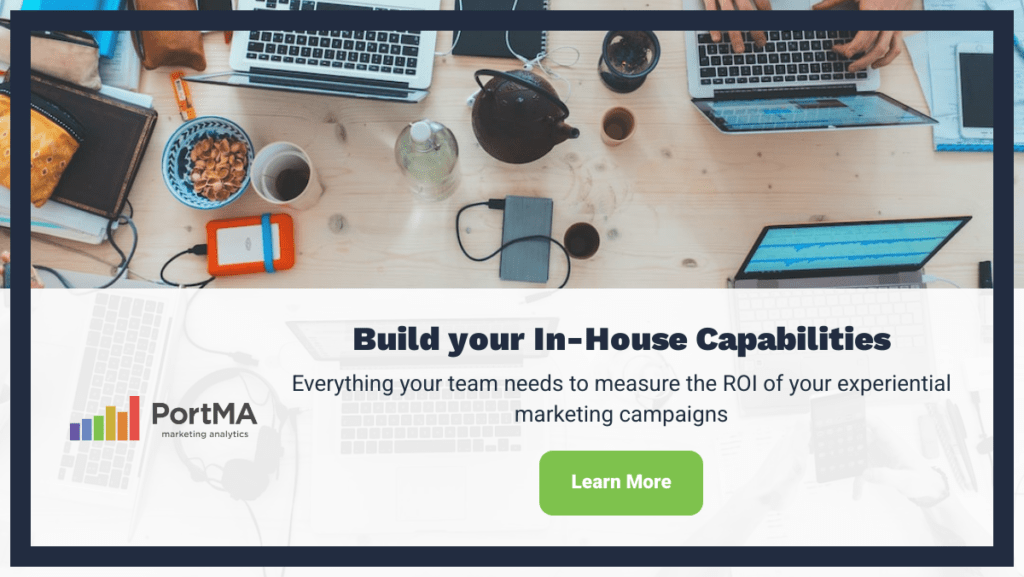
In the realm of experiential marketing, understanding and maximizing reach efficiency is crucial for the success of your campaigns. Reach efficiency is the number of consumers engaged during an activation. While commonly measured, it is often reported in an overly simplistic manner with limited actionable insights. This blog post will guide you on how to properly organize and leverage your Event Staff Recap data to predict and enhance the efficiency of your future activations.
Estimated reading time: 3 minutes
Table of Contents
The Importance of Reach Efficiency
Reach efficiency is more than just a tally of engaged consumers; it’s a metric that can provide deep insights into your campaign’s performance. By analyzing historical data and organizing it correctly, you can predict future engagement levels with a high degree of accuracy.
This predictive power not only helps in designing effective programs but also in setting realistic expectations with clients.
Organizing Your Data
To maximize the insights from your reach efficiency data, start by segmenting your historical data by event type rather than individual events. There are two main classifications to consider:
- Intercept Events: These are venues where consumers are not expecting to engage with your brand, such as retail locations, commuter stations, and street intercepts. Engagement levels in these settings can vary but typically follow certain patterns.
- Destination Events: These are venues where consumers go specifically for an experience, like state fairs, music festivals, and community events. Due to the nature of the event, engagement levels here are generally higher.
Analyzing and Utilizing Data
Once your data is segmented, calculate the average number of engagements per hour for each event type. This standardized metric allows you to compare events and predict future performance accurately. Here’s how you can use this data:
- Setting Expectations: When responding to a Request for Proposal (RFP), use your historical data to provide realistic engagement numbers. This data-driven approach assures clients of your ability to meet their expectations.
- Mid-Program Adjustments: Regularly compare your ongoing campaign’s performance with historical data to identify trends. This real-time analysis helps you make necessary adjustments to improve performance.
- Post-Program Evaluation: Evaluate your performance against the predicted metrics after the campaign. This evaluation not only highlights areas of success but also identifies opportunities for future improvement.
For Example, imagine you have data showing you engage an average of 103 consumers per hour at state fairs. If your subsequent activation involves 10 hours at a similar venue, you can confidently predict engaging approximately 1,030 consumers. This level of precision allows you to set and manage client expectations effectively.
Benefits of a Data-Driven Approach
Using a data-driven approach to measure and predict reach efficiency offers several benefits:
- Accurate Projections: Reliable data helps you make more accurate engagement projections, enhancing your client’s credibility.
- Informed Decisions: Data analysis provides insights into which events and venues yield the best results, allowing you to allocate resources more effectively.
- Performance Tracking: Continuous monitoring of engagement metrics helps identify best practices and areas needing improvement.
Turning Insights into Action
Maximizing reach efficiency in experiential marketing is more than just collecting data; it’s about organizing, analyzing, and utilizing that data to make informed decisions.
Adopting a data-driven approach can enhance your campaign’s performance, set realistic client expectations, and ultimately achieve greater success in your marketing efforts.
Start leveraging your historical data today and turn your reach efficiency into a powerfully predictive tool.

